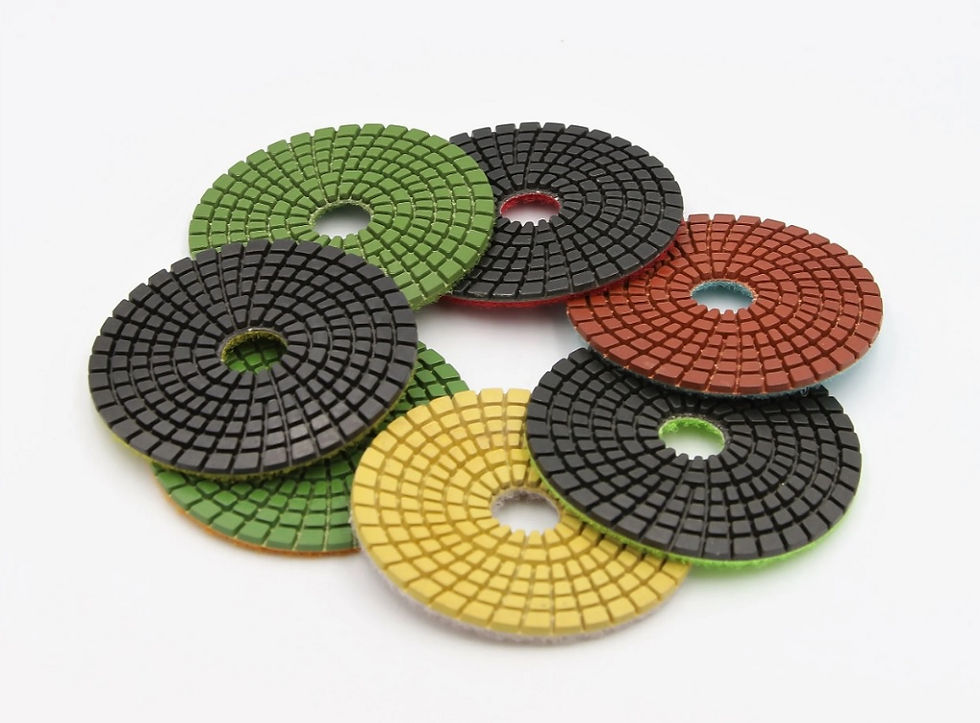Important And A Useful Steps Of Steel Recycling
- ameliya lanne
- Oct 14, 2019
- 3 min read
Steel is an alloy of iron and carbon. It is highly tensile and cost-effective and as a result used in buildings, tools, ships, automobiles, machines, appliances and weapons. Iron forms as the base of steel. Carbon comprises of approximately 2.14% of its weight. Steel is 100% recyclable and the most recycled metal on planet earth. Steel is magnetic and easily recovered from waste streams for steel recycling.
The sustainability of steel:
Steel is highly sustainable because once it is made, it can be used forever.
Steel is infinitely reusable and can be used by future generations.
Steel can never be consumed, so it is never wasted.
Steel is a long-term investment.
Types of steel:
Carbon steel: It is made up of iron, carbon and other alloys such as manganese, silicon, and copper.
Alloy steel: Alloy steel contains alloy metals such as aluminum, manganese, nickel, titanium, silicon, copper, and chromium. Alloy steel is used to make pipelines, transformers, auto parts, electric motors, and power generators.
Tool steel: Alloyed at very high temperatures and contains hard metals like tungsten, cobalt, molybdenum, and vanadium. This steel is used for making cutting and drilling equipment.
Stainless steel: They contain 10-20% chromium. It can resist corrosion. Stainless steel is further categorized into austenitic steel, ferritic steel, and martensitic steel
The steps of steel recycling:
Collecting: The first step of steel recycling is collecting scrap material. The collected scrap is deposited in scrap yards for the process to begin.
Separation: The second step involves using specialized magnetic equipment to separate recyclable steel from non-recyclable items. This is the step of the quality check as the quality of the final product depends on the quality of scrap steel used.
Compacting: This process of steel recycling involves crushing and breaking steel through specialized machines. This process reduces the volume of scrap steel and smoothen the process of recycling steel.
Shredding: Shredding involves breaking the steel into smaller pieces to reduce carbon emission in the environment and reduce energy consumed.
Heating: This step involves the smelting of the shredded steel in a furnace. Smelting can take a few minutes or a couple of hours depending on the amount of heat and amount of steel.
Refining: This step involves removing dirt, debris and other impurities from the molten steel. Common techniques of steel refining are electrolysis, distillation, chromatography and zone refining.
Solidifying: This step of steel recycling includes cooling and solidifying of the refined steel. Then the steel is put into special containers to give it the desired shape and size.
Uses of recycled steel:
Steel is a must in the manufacturing of automobiles. About 65% of a vehicle is made of steel. Old automobiles are recycled to make new automobiles as the quality of steel doesn’t degrade with recycling. Steel is the strongest metal, so it is safe to build automobiles using recycled steel.
Many artistic endeavors are fulfilled through steel recycling. Sculptures, road signs, gate entry signs are made with recycled steel which is cost-effective.
Home furniture and appliances use recycled steel. As steel is long-lasting and durable, many companies use steel to make bed, cupboards, chairs, and tables using recycled steel. Stoves, refrigerators, and dishwashers also use steel.
Many canned goods use steel for packaging. Using recycled steel reduces the production cost, resulting in a reduced price of the product.
Recycled steel is also used by the building sector in the form of beams, lighting fixtures, and roofing.
The above article gives an overview of steel, its various types, the various steps of steel recycling and the uses of recycled steel. Steel is a very useful resource and can be protected for use by the future generation.



















Comments